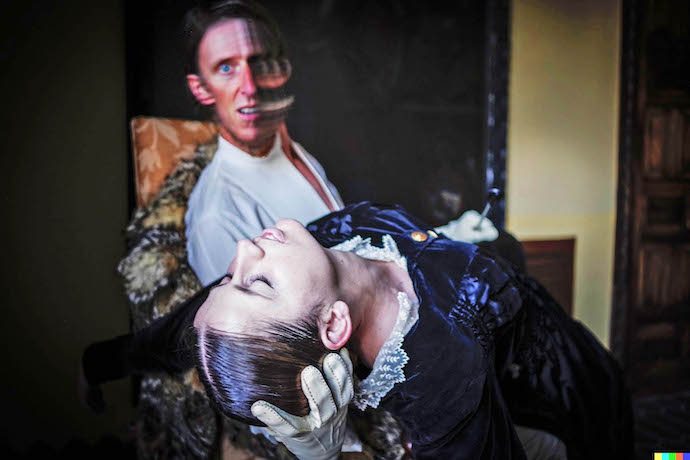Tomorrow, 22, at 8:00 pm, the President of Santander will host the show “El Hambre”, a version of Strindberg’s “El pelícano” for female artists.
Starring Anna Bellon, Esther Lastra and Paz Gonzalez, this version by Cantabrian actor and director Eddie Asenjo premiered October 8 at El Principal Santander, the living room of a house in the center whose address is still classified except for 30 spectators who have made reservations. Your ticket on 606897 950.
El Principal is the only active space in Spain that recaptures the essence of the spaces that Strindberg, one of the leading actors of the “chamber theatre,” wrote about. It is a model developed in Europe since the first third of the twentieth century that rebels against the traditions of traditional theater and proposes performances to a select or small audience.
The Pelican had previously only been shown by its female protagonists. However, the proposal makes perfect sense as in Lorca’s La Casa de Bernarda Alba, where the masculine character, Pepe El Romano, is the focus of the plot and a slight allusion to his presence in the scene.
The plot revolves around a mother subjecting her family to restrictions that affect even the amount of food they can get. A daughter’s husband’s strategy to seize the estate of the recently deceased paterfamilias will lead to a situation that will turn the family into a battlefield.
Tickets are €15 for those who take advantage of the Bono Cultura discount. Strindberg, known primarily as a playwright, would share this activity with drawing, photography, and chemistry.
Friend of Edvard Munch and Paul Gauguin. From 1894 to 1896 he lived in Paris. His early works were naturalistic, and although he did write plays in the 1870s, it wasn’t until the publication of The Red Chamber (1879) that he did not gain recognition.
Other important works of this phase are The Father (1887), The Strong (1889) and Queen Julia (1889). He wrote his autobiography Inferno (1897), in which he described the period when he was mentally incapacitated. His work was, from this point on, less realistic, influenced by his religious beliefs and by literary movements such as Symbolism and Expressionism.
Thus, his play Brottochbrott (1899) deals with the conflict between ethics and aesthetics. In addition to about 70 plays, including several on Swedish history, Strindberg has produced a large number of novels, short stories, poems, essays, satire, and other history and travel books.






